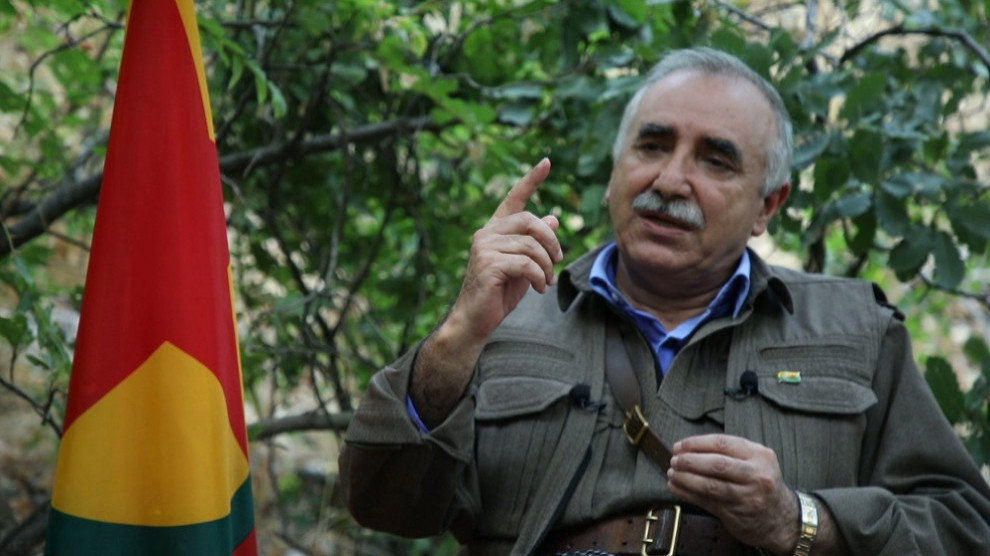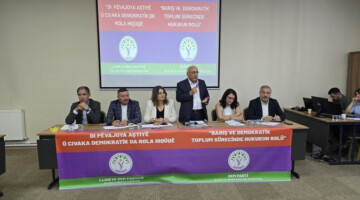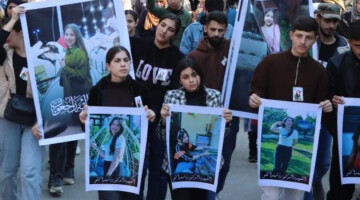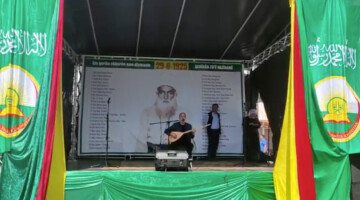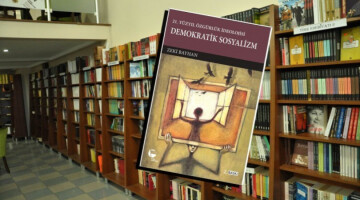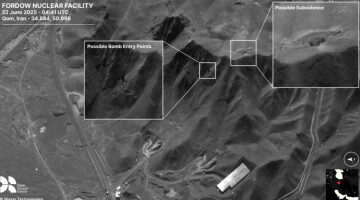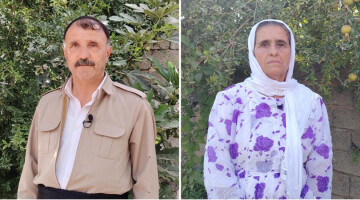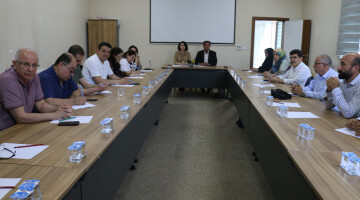Murat Karayilan, a member of the executive council of the Kurdistan Workers' Party (PKK), spoke out in a special programme on Stêrk TV about the guerrilla offensive in Heftanin. We publish an excerpt from the television interview:
A month ago, I said that Turkish troops would pay the price for every hill they enter, no matter how long they stay there. These words have come true thanks to our selfless martyrs and important heroes. There is no hill in Heftanin that the enemy can enter without losses. There has been a war in every place they have set foot on, and they have had to suffer losses first in order to enter. Certainly they have settled on some hills, but from time to time they are suffering losses. In other words, what was said before is filled with action now. Of course it is not easy. As already mentioned, it is possible thanks to the efforts of heroes who are already bearing fruit.
With great clamour, the enemy carried out attacks on 15 June in the context of its air invasion called "Eagle's Claw" on the regions of Zap, Avashn, Xakurke, Qandil, Maxmur and Shengal. About nine to ten targets were hit in each of these regions. So it was a comprehensive attack. In the night of June 16-17, the attack on Heftanin started under the name of "Tiger Claw". If they were really tigers, they would not have chosen this name. As can be seen now, it will be obvious in the future, who the tiger and who the fox is. As a supposed tiger claw they attacked Heftanin with reconnaissance planes, Cobra helicopters, ground artillery and numerous other weapons. The war for Heftanin is basically an aerial and technical war. The enemy wants to occupy Heftanin with its aerial warfare resources.
Heavy losses for the Turkish army
The balance from one month of war for the period from 17 June to 17 July is as follows: Our friends carried out a total of 95 actions against the enemy during these 31 days. In the process, 236 Turkish soldiers were killed and another 18 were injured, but this is only the number of cases that have been established with certainty. The actual number should be much higher. Six Cobra helicopters were also hit by our comrades. In the same period, 24 of our friends have been martyred and one other has been wounded and taken prisoner. So this is a tough war, with consequences for both us and the enemy.
Sure, everyone takes up the issue in their own way from a political point of view, but I think that the enemy also makes calculation. Because they didn't expect this. They were shocked. For example, they attacked Xantur extremely massively in the belief that no one was left. With every attempt to airdrop troops they suffered one blow after the other and had to turn back every time. This scenario repeated itself several times. The Heftanin resistance took the enemy by surprise, as can be seen from their actions. In the first two days they put on an excess of propaganda and made special broadcasts. After that there was only hot air. Why? Because there is nothing left for them to propagandistically exploit. There are always deaths in their ranks because of resistance. So the propaganda machine was stopped.
In the current situation, the result in Heftanin is that a strong-willed, courageous and talented fighter can master any advanced technique and fight against it as long as he acts professionally. This war is the proof of this. Without a doubt it is a modern guerilla that is on the move in Heftanin. It moves in a new way and deepens this style. New tactics and methods are also being used. How do you imagine this to happen? In the 90s, for example, there were a series of attacks by the Turkish state. Also then, even Heftanin was attacked. Not always, but as soon as there were attacks, our forces would often withdraw. As a result, the combat zone would become free and could be taken. The enemy would settle there for a few weeks and then disappear again. But now the situation is different. No one from the guerrilla in Heftanin is thinking of retreating. It's true that the enemy is stationed on some of the hills there. But the guerrillas are also there. It's still a fairly new method, but it's a way to keep the war going.
Reaching the goal with tactical methods
This is how the situation in Heftanin could be summarised. The war there will not end for the time being. Our comrades are acting very temperamentally. In our opinion it is even a little too much of a good thing, also with regard to the permanent actions. Step by step, but without falling below a certain level, with a little more guerrilla methods - that's how it should be.
The resistance of Heftanin is a rich experience for us. On the one hand, this results, as I mentioned before, in the knowledge that hostile technology resists and can be paralysed if creative methods are used. In Heftanin, territorial defence was rather secondary, primarily a tactical approach to our actions. However, it has been shown that the enemy can be stopped even before entering the battlefield, if the preparation is right. On the other hand, we are aware that this enemy can be defeated using the methods of the new guerrillas. So these are the conclusions we draw from our observations. Should the enemy attack other regions, I think that the resistance there will be based on these findings. We have learnt our lessons, and preparations must be made everywhere.

